Many visitors who travel to Japan look forward to eating great Japanese food. Although full-fledged Japanese cuisine such as kaiseki cuisine served at hotels and restaurant are wonderful, everyday food eaten by locals such as Ramen and Takoyaki are especially popular. We also recommend Wagyu beef that is famous all over the world. Why don’t you research various restaurants and stores with the staff arranging your private tour in advance, or ask the taxi or hire car drivers or hotel staff to share their favorite spots? Of course, you can also pop into any store that takes your fancy when exploring the city!
[No. 1: Ramen]
It’s not an exaggeration to say that no Japanese person dislikes Ramen noodles. It is established as ordinary people’s favorite dish, and is a popular choice across all generations, young and old. Each store and region have their own unique ramen flavors, and you can enjoy the different toppings, soup or type of noodles each store offers. Some eager fans will go from store to store and eat ramen from different stores or compare flavors from each region. Although it will be well worthwhile going to a well-known store, it is also good to just walk into stores that catches your eye when exploring the streets. One of the best things about ramen is that it is a casual meal that you can eat anywhere, any time. Finishing off a night of drinking with a nice bowl of ramen is just fantastic! This is how you enjoy ramen, Japanese-style. Usually, there is a ramen shop anywhere in the city, so let’s ask the hotel staff, taxi or charter car drivers for recommendations.
■ Main types of ramen
There are various kinds of ramen, but there are 4 main types of seasoning typically used to flavor the broth. As the soup is specially devised at each store, the taste will be different even if the soup base is the same.
· Tonkotsu (Pork Bone)
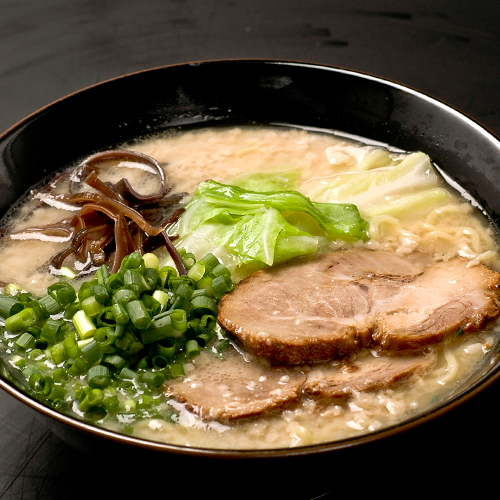
Mostly developed in the Kyushu region like Fukuoka prefecture.
The seasoning such as soy sauce is added to the soup base made by boiling pork bones to add flavor. Known for its distinct richness and is very filling.
·Shoyu (Soy Sauce)
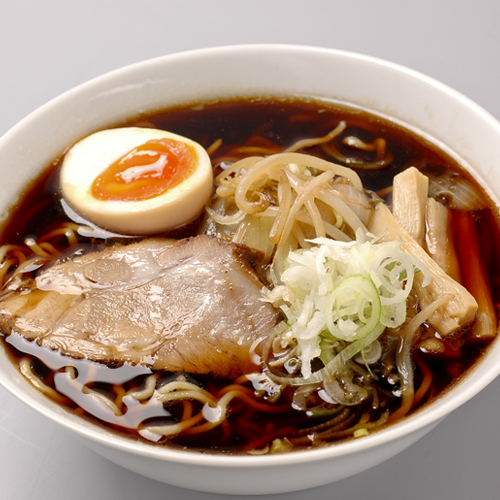
Orthodox flavor preferred in the Kanto region. It is characterized by salty soy sauce-based soup.
· Miso (Soy Bean Paste)
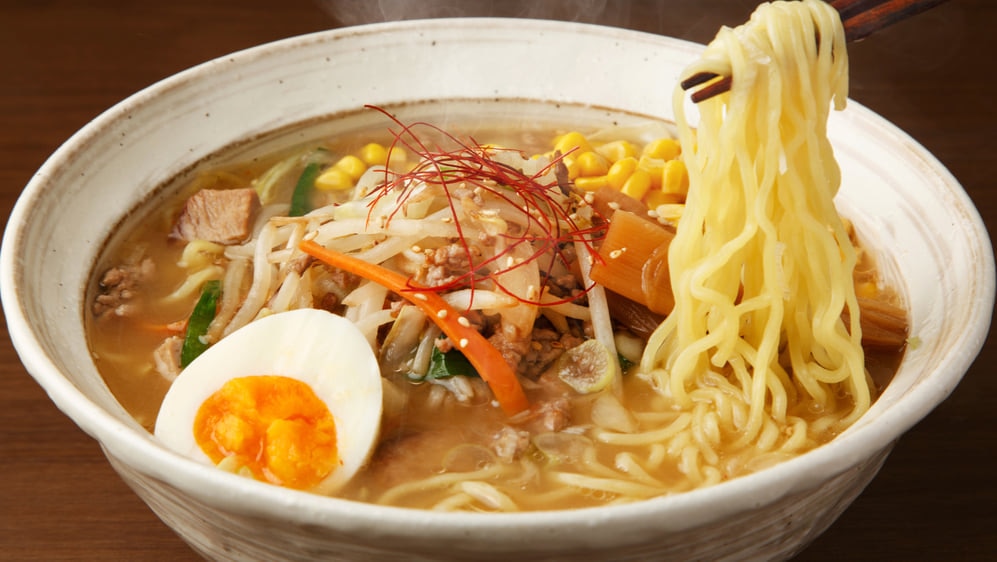
It originated in cold regions such as Hokkaido.
Known for its rich miso-based broth, with toppings like corn on top. It has a gentle taste.
Shio (Salt)

It is said to have originated in Hakodate, Hokkaido. You can enjoy a refreshing salt flavored soup.
[No 2: Sushi]
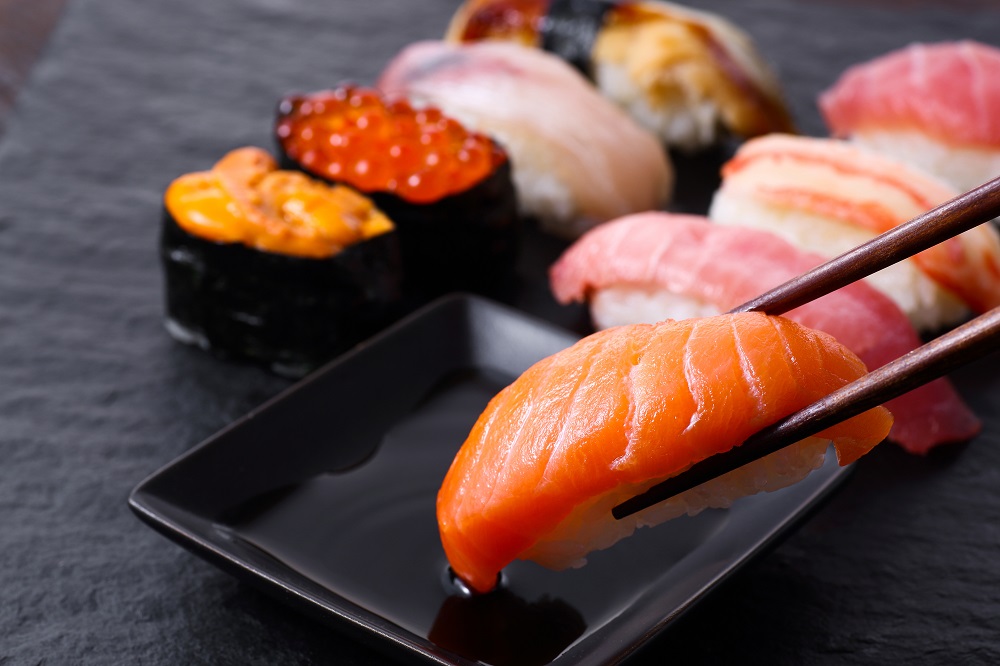
There will be a lot of people who consider “Japanese food = Sushi”. Nowadays, sushi is known all over the world as a popular Japanese dish. Sushi is a small ball of white rice seasoned with vinegar topped with seafood and sashimi pieces. Sashimi pieces can include tuna, snapper, squid, salmon roe, sea urchin and shellfish, and you can also have sushi rolls with toppings like vegetables wrapped in rice and seaweed. The quality depends on the freshness of the seafood, so you can expect great sushi in areas close to fishing ports. There are sushi shops in most cities, but prices vary from reasonable to high-end. It is a good idea to work out your budget before you pick a restaurant to go to. The hotel staff or the driver of the charter car may recommend you their favorite restaurant if you ask for their advice. If you want to have some fun during your meal, let’s try one of the sushi train chains.
■ Sushi restaurant search website: https://r.gnavi.co.jp/food/sushi/
■ Popular Sushi Train Stores
· Sushiro: https://www.akindo-sushiro.co.jp/shop/
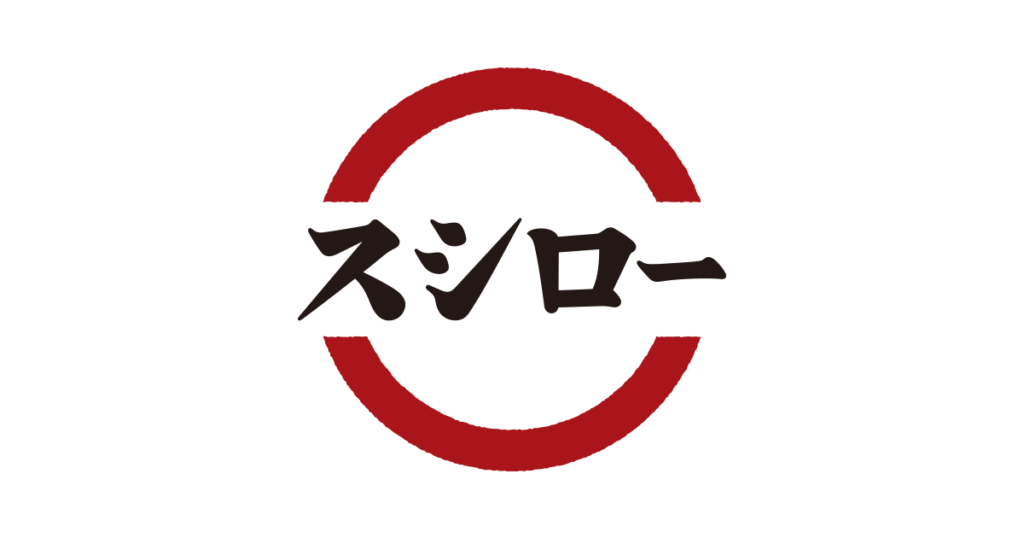
Sushiro has 516 stores nationwide, and sushi are priced from 100 yen. They also have an extensive side menu such as fried food.
· Kura Sushi: http://www.kura-corpo.co.jp/store/index-cp.html
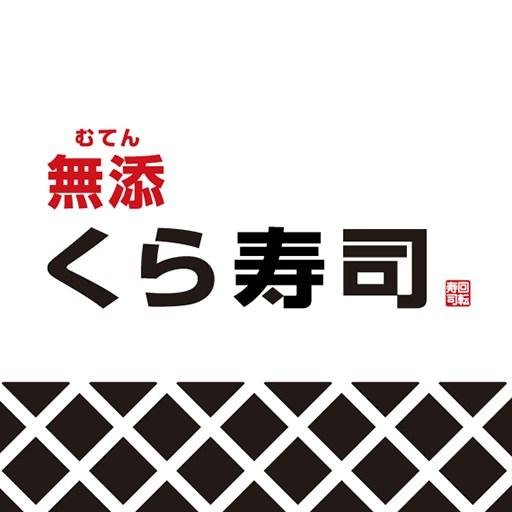
Kura Sushi can be found all over Japan except Hokkaido and Fukushima prefecture. It is a sushi shop that is committed to the taste, reducing additives as much as possible.
· Kappa Sushi: https://www.kappasushi.jp/
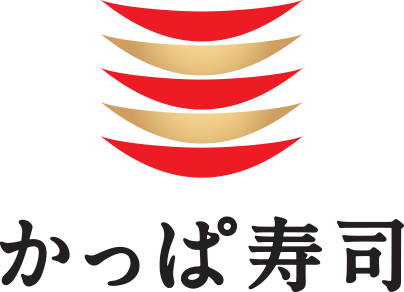
Kappa Sushi is also a popular sushi chain in Japan, and they have plenty of varieties like tempura sushi.
[No 3: Takoyaki]
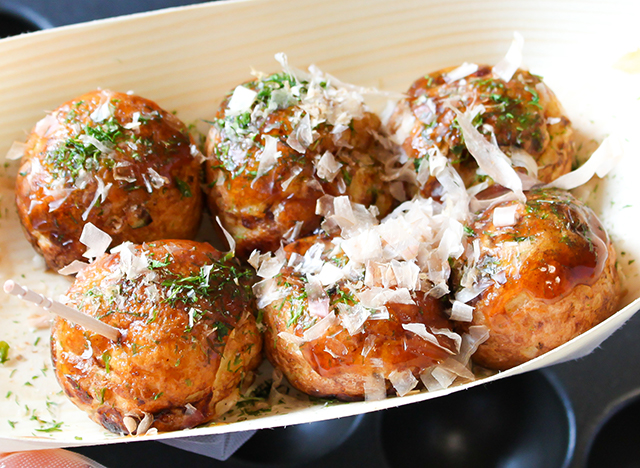
Takoyaki (Octopus Balls) originated in the Kansai region, and it is a dish that is close to many local’s hearts. It is everyday food that is also popular among foreigners. It consists of a flour-based pancake base filled with a large piece of octopus, which is then fried in a takoyaki pan until golden and served with a rich sauce. It is a snack food that you want to eat when you get hungry while exploring the city. Make sure you have the freshly made takoyaki while it’s still hot!
If you want an authentic takoyaki, Dotonbori area in Osaka is very famous. If you want to try takoyaki from various stores, we recommend the Takoyaki Museum. There are also other flour-based dishes like Okonomiyaki and Monjayaki.
■ Takoyaki Museum (Osaka Prefecture · Konohana District Universal City Walk) https://osaka-info.jp/page/osaka-takoyaki-museum
■ Takoyaki Museum (Tokyo, Odaiba): https://www.odaiba-decks.com/news/event/takoyaki.html
■ Takoyaki chain stores
· Tsukiji Gindaco: https://www.gindaco.com/
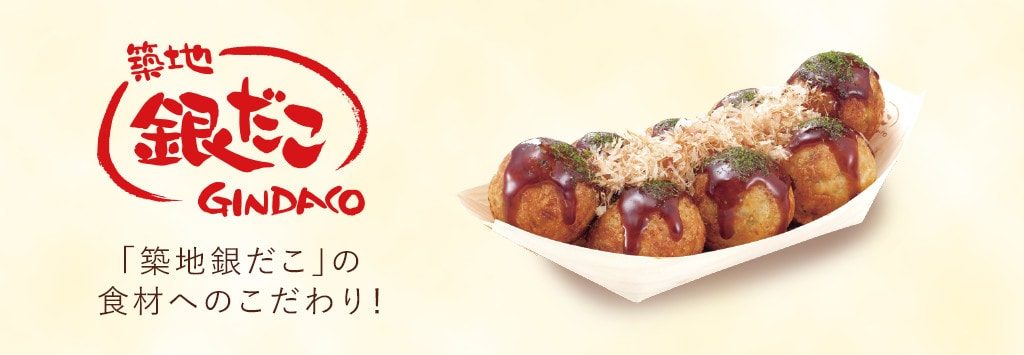
Gindaco is a popular takoyaki chain store that has expanded nationwide. In addition to regular sauces, you can enjoy unusual flavors such as pizza potato and mayonnaise. You can also order take-away.
· Dotonbori Kukuru: http://www.shirohato.com/kukuru/index.htm
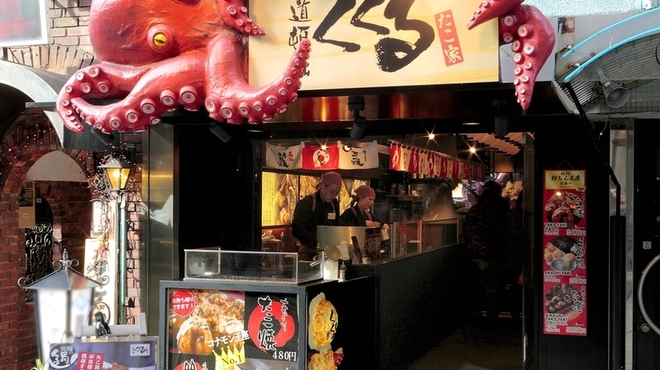
This is also a major Takoyaki chain store in Japan. Originated in Osaka, they pay special attention to the octopus providing good quality takoyaki.
[No 4: Soba & Udon]
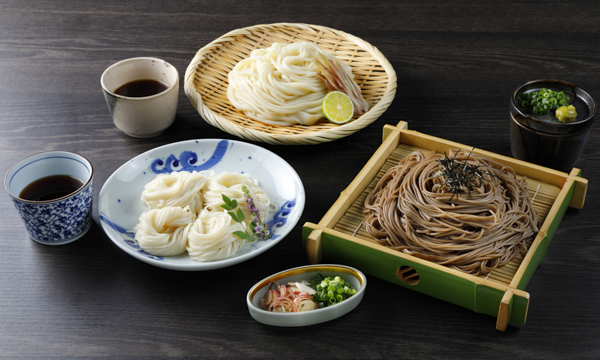
Soba is buckwheat noodle that has been eaten in Japan for a long time. It is made by milling the buckwheat grains into powder form, making a dough that is then rolled flat, then cut into thin noodles. There are two main type of soba, Kake Soba that is served in a warm soup and Mori Soba that is served cold with a dipping sauce. Each shop has its own unique style of making the noodles and the flavor of the soup/dipping sauce is also different. With a refreshing texture, it is said to be gentle on the stomach. The traditional Japanese way to eat soba noodles is to eat it with a slurping sound. There are almost no chain stores for soba noodles, so it is best to find an individual store in the city.
(Soba is not suitable for those allergic to buckwheat so please be careful.)
On the other hand, udon is a noodle made by mixing wheat flour and salt that is then kneaded into a thin cylinder. Unlike buckwheat, it is characterized by a chewy texture. Udon is also commonly served cold with a dipping sauce or served warm in a soup. It can also be cooked in stews in winter, or stir fried with other ingredients such as vegetables.
In recent years, udon has becoming more and more popular with foreigners. The tourists from overseas are flocking to Kagawa prefecture famous for Sanuki Udon, seeking to eat the authentic udon noodles.
Usually, you can find soba and udon restaurants in any town, so why don’t you ask the hotel staff, taxi or charter car driver for a recommendation?
■ Udon Chain Stores
· Hanamaru Udon: https://www.hanamaruudon.com/
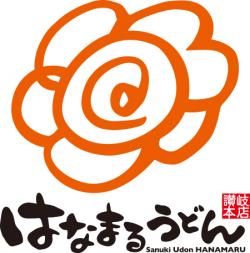
Hanamaru Udon is a chain store that serves authentic Sanuki Udon (from Kagawa Prefecture), and it is extremely popular in Japan. As they have an extensive menu, you will not get tired of it no matter how many times you eat there. Let’s try Hanamaru when you want to find somewhere to eat udon quickly.
· Mimiu: http://www.mimiu.co.jp/
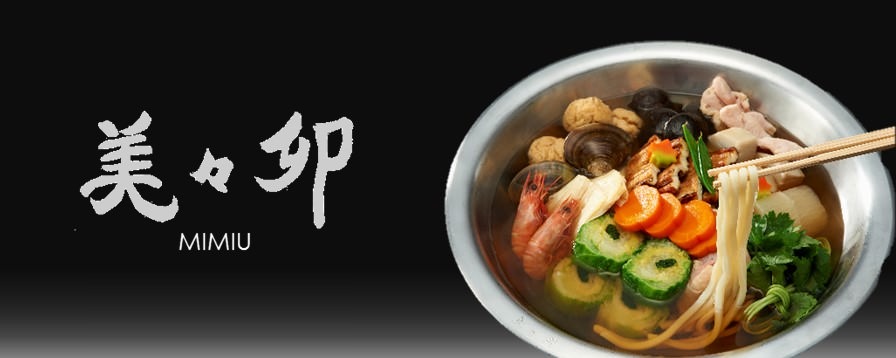
Originated in Kansai, it is a somewhat luxurious Japanese restaurant that also serve udon. It is only here that you can eat Udon Suki, a hotpot with udon and a variety of other ingredients stewed in stock. It can be enjoyed with families and couples.
[No 5: Meat Dish]

Japanese brand of beef known as Wagyu is attracting attention worldwide. Although it is a luxury item, it tastes amazing with a good balance of fat and red meat. It is recommended to have it cooked simply, like teppanyaki and steak. Japanese style Sukiyaki or Shabu is also recommended! Depending on the restaurant or the region, the type of Wagyu served will be different, so it is a good idea to check in advance.
■ Main types of Wagyu
All Japanese branded beef are of Japanese Black species. You can enjoy tight elastic texture and melt-in-your-mouth fat of Wagyu beef. It is best to eat branded beef in the area close to where it is produced, but you can still eat it in the big cities if you look hard enough.
· Kobe Beef: http://kobebeef-org.jp/
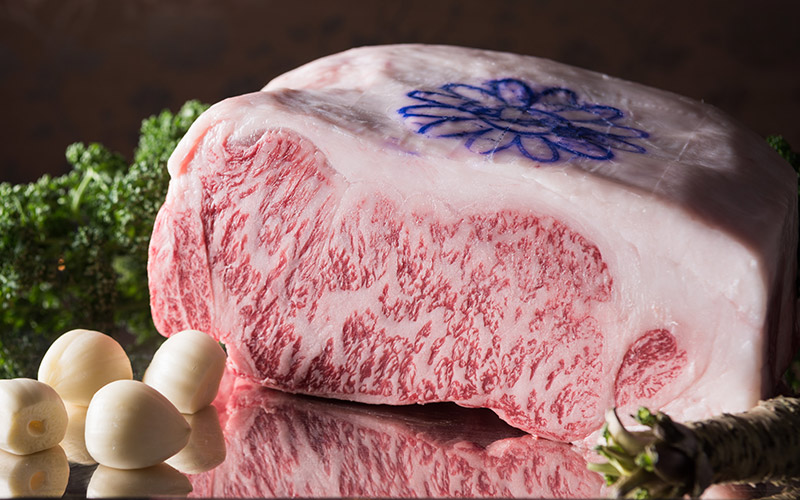
Kobe beef is meat from Tajima beef produced in Hyogo Prefecture and can only be called Kobe beef if it meets a certain criteria. It is one of the top three Japanese Wagyu brands in Japan.
· Matsuzaka beef: http://www.frogmark.com/restaurant/164.html

Beef produced around Matsuzaka City in Mie prefecture. Matsuzaka beef features a soft texture and a fine marble.
· Omi beef: https://restaurant.ikyu.com/area/tokyo/t-food1745/
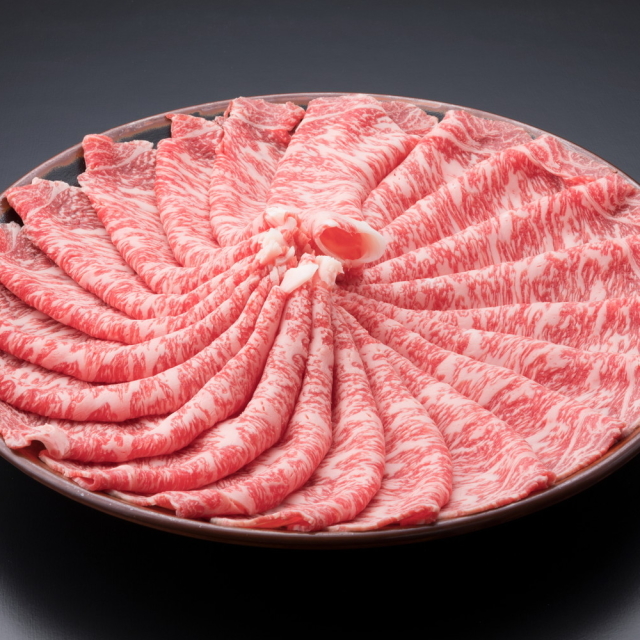
Omi beef is the oldest Wagyu in Japan with a history of about 400 years, and it originated in Shiga prefecture. As it is soft and the fat has a sweetness to it, we recommend that you have it finely sliced in shabu-shabu or sukiyaki.
